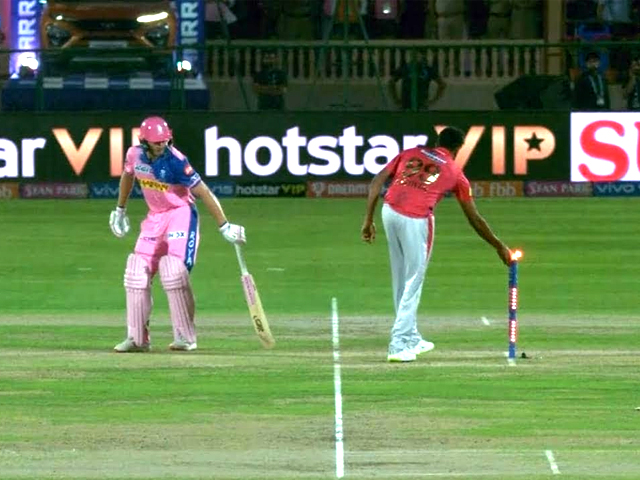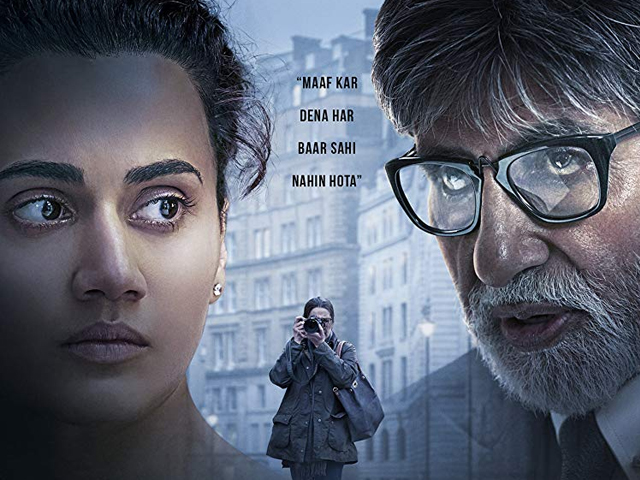
Did Coldplay’s video misappropriate India?
One ridiculous suggestion was, to capture contemporary India, Coldplay should have featured the thriving nightclubs.
There has been some angst, both in the West and in India, about Coldplay's latest and very beautiful video, Hymn For The Weekend. The video is being criticised by some for ‘cultural appropriation’. In this whole controversy, the west and the east have their own respective angles for their criticisms.
In the west, the main argument behind the condemnation that some have expressed is that western artists should not incorporate popular art, imagery, looks, character types, and scenes representing the non-western world, because doing so constitutes an unethical appropriation of the cultural patrimony of the third-world ‘South’.
This argument lacks substance. The essence of cultural evolution and progress through history has been the intermingling of thoughts and ideas and the borrowing of concepts. Sticking to one’s own indigenous or native concepts at all times leads to stagnation. External influences often add depth and a new dimension to creative output. Many of the world’s conflicts would automatically get resolved if more people could be accepting of the ‘other.’
All the cultures of the world represent humanity’s collective heritage. India, with its ancient, yet living civilisational presence dating back thousands of years has been an alluring artistic and cultural ‘other’ to the rest of the world. Like various other ancient seekers of wealth, wisdom, and inspiration, contemporary musicians, artists, and designers of the west are also naturally attracted to what may be the most unique cultural space on the planet since time immemorial – India. They should not be denied access to a cultural space that inspires and fascinates them.
In India, on the other hand, some people are upset that the same cocktail of folksy poverty, exoticism, and spirituality continues to be the defining image of India in the western imagination.
 Photo: Screenshot
Photo: Screenshot Photo: Screenshot
Photo: Screenshot Photo: Screenshot
Photo: Screenshot Photo: Screenshot
Photo: Screenshot Photo: Screenshot
Photo: Screenshothttps://twitter.com/My_DesiGirl/status/693227406606249984
No thanks for the bundle of stereotypes @coldplay. No wonder then that #India will be known as the country of snake charmers & sadhus.
— Sneha Menon Desai (@MissusDesai) January 29, 2016
https://twitter.com/Fashionopolis/status/693101493277319168
Some critics even made the ridiculous suggestion that in order to capture the spirit of contemporary India; Coldplay should have featured the thriving nightclubs in India where they have played, as if western style nightclubs are a holistic measure of global progress or the spirit of a nation.
@coldplay don't exoticize us. You've been to the clubs and everything.Why do you want to make it seem like all we do is dance in the streets
— r (@BiryaniZiall) January 29, 2016
Such critics of Coldplay should remember that the truth is that you cannot control what others think about you. Others will perceive/and judge you based on their own frame of reference. Moreover, artists have every right to craft portrayals and narratives based on their imagination, experiences, and above all, what they think their audiences want to see. Indigenous Indian culture gives India very unique layers of identity; hence India will get interpreted differently by different people.
There is no doubt that India has made immense strides and has progressed phenomenally, but the images of that material progress still haven't captured the imagination of the rest of the world to the same extent, as it has for people in India. High technology, modern cityscapes, pulsating nightlife and world beating infrastructure are still not associated with India. The world may see Shanghai, Seoul, and Dubai in that light, but not India, and so be it.
This exoticism and cultural uniqueness of India still has a huge amount of charm in the free world that is otherwise getting increasingly homogenised. After all, there is very little that visually distinguishes the underlying culture and the cityscapes of modern Hong Kong, Singapore, Tokyo, Dubai, Buenos Aires, Melbourne, Manhattan, or Los Angeles. Indian cities may be visually marred by squalor, poverty, and creaky infrastructure but they also have a certain je ne sais quoi (a quality that cannot be described). They possess very distinctive identities and energies which present a sharp contrast to the above mentioned cities. And while the country is working to transform its cities, it’s best to not get too touchy or sensitive about how they are portrayed.
The Coldplay video actually depicts very pleasant and inviting, albeit exotic, images of an endangered native urban India that is fast being replaced by western looking landscapes. For all its alleged shortcomings, the video is a visual treat and might end up inspiring many viewers to make a trip to the mystical land of India that offers unique experiences that cannot be had elsewhere. As they say, any publicity is good publicity and Coldplay with its massive global following might just succeed where several ‘Incredible India’ tourism campaigns did not!
 Photo: Screenshot
Photo: Screenshot Photo: Screenshot
Photo: ScreenshotAnd of course, if and when such tourists do visit India, they will experience some of the enduring stereotypes for themselves, but will also get a glimpse of modern India, the rapid strides it has made, and ultimately how it has itself (mis)appropriated so much of the west. We all win in a world where the best of beauty, culture, and aesthetics flow freely without barriers.
[poll id="426"]




COMMENTS (6)
Comments are moderated and generally will be posted if they are on-topic and not abusive.
For more information, please see our Comments FAQ